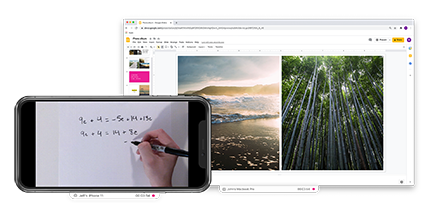

The upper area of the remote with the matte finish is a trackpad you navigate with your finger tip you can swipe up, down, around, and then click the pad in to confirm selections you’ve made.
SETUP REFLECTOR 2 WITH APPLE TV TV
To do so simply peel the protective film off the remote, if you have not yet done so, and check to see that your Apple TV is displaying the following screen (which it should immediately after the first boot). The initial setup (as well as day-to-day operations) are conducted using the included Apple TV remote. The very first step of the setup process is to pair the remote with the Apple TV unit. With all the ports squared away, plug the Apple TV power cord in and grab the remote control.
One port notably absent (and sorely missed by some fans of previous incarnations of the Apple TV) is the digital optical audio output fans of using their Apple TV units as music media centers have definitely made their opinion about the missing digital audio jack known. If you don’t have one we’ll be setting up the Wi-Fi connection in just a moment. Wi-Fi debate isn’t quite as one-sided as it used to be. Don’t have a nearby Ethernet port? Don’t worry, while having a hardwired media center device is ideal the Apple TV is equipped with speedy 802.11ac Wi-Fi (with backwards 802.11a/b/g/n compatibility) so the Ethernet vs.

The final port is the Ethernet port intended to link your Apple TV to your home network via hardline. The reason your Apple TV doesn’t ship with a USB-C cable is because the port exists solely for diagnostic purposes and unless you return your Apple TV for service it likely will go unused for the duration of the device’s life. The power port is for the included power cable (which we have to say is a really nice cable with an eye catching retro plug), the HDMI port is for linking your Apple TV to your HDTV or AV receiver, and the USB-C port is of little concern to consumers.


 0 kommentar(er)
0 kommentar(er)
